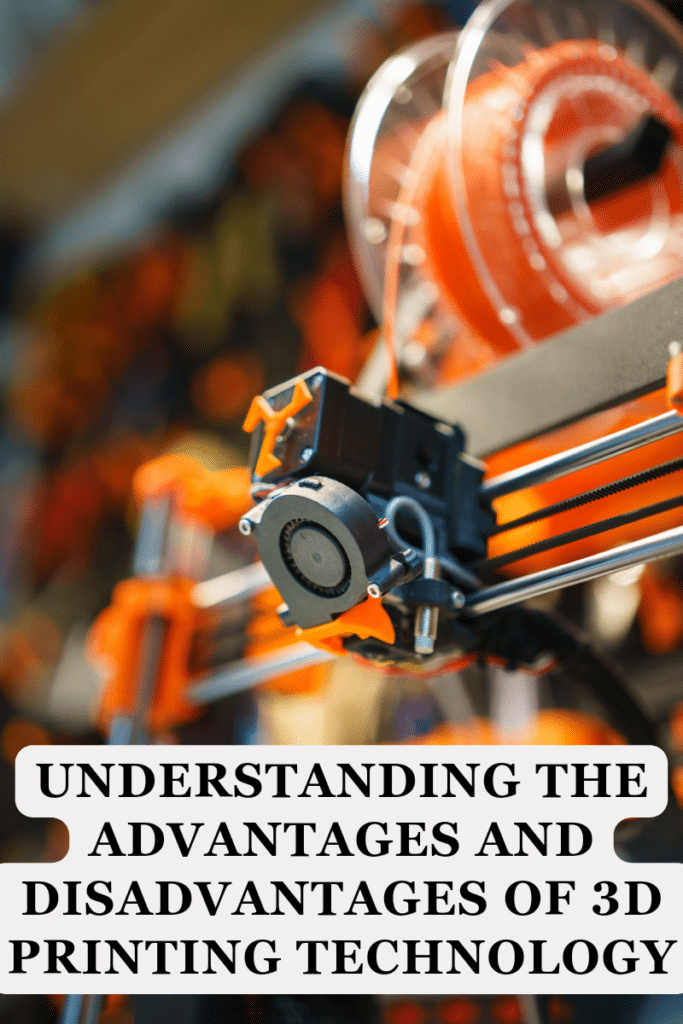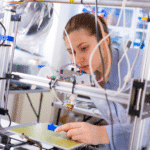3D printing technology, a marvel of modern engineering, has revolutionized manufacturing, design, and even medicine. Its ability to transform digital blueprints into tangible objects has opened up a world of possibilities. However, like any technology, it comes with its own set of pros and cons. Companies like Formlabs have been at the forefront of addressing these challenges and leveraging the advantages of 3D printing. Formlabs, known for its high-quality 3D printers, has significantly contributed to making this technology more accessible and user-friendly for professionals across various industries.
In this article, we’ll explore the advantages and disadvantages of 3D printing, aiming to provide a balanced perspective on this groundbreaking technology.
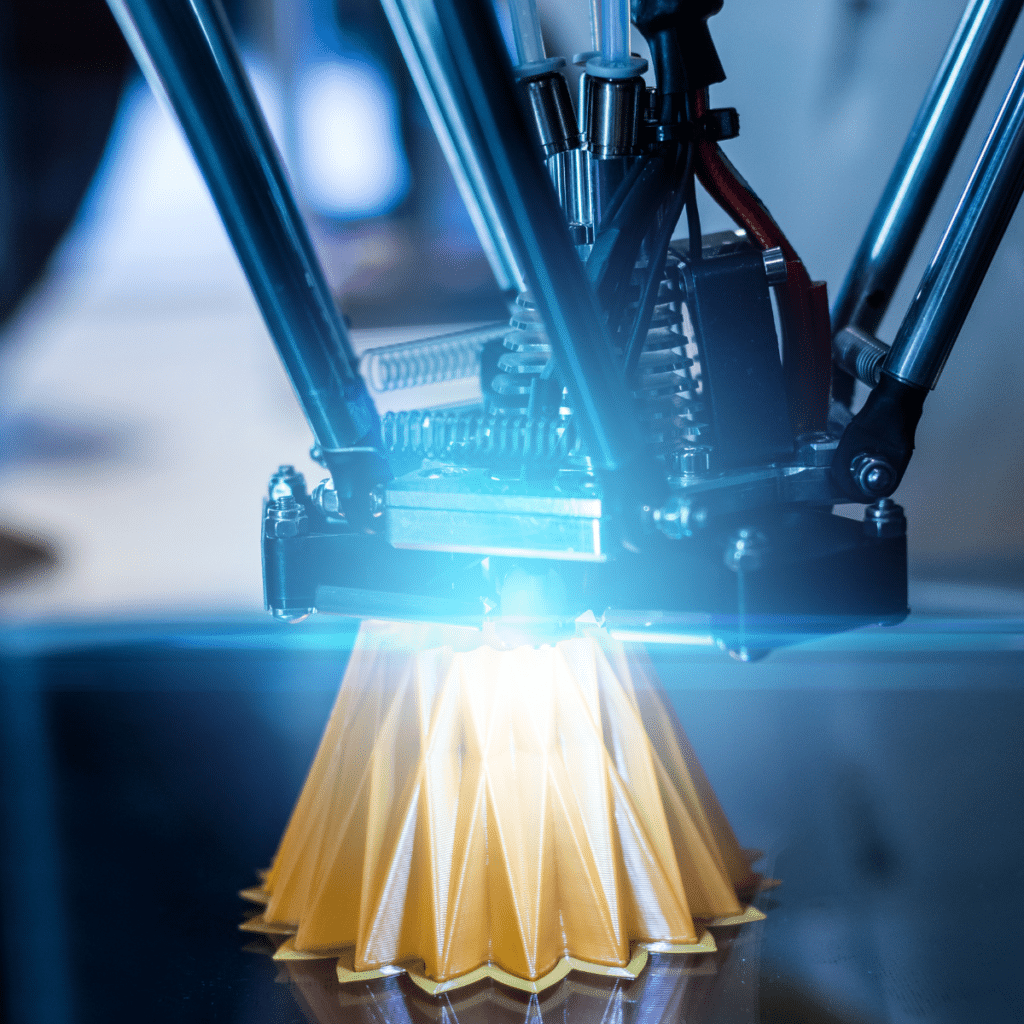
Advantages of 3D Printing
Speed: One of the most significant benefits of 3D printing is its speed. Prototypes and parts can be produced much faster compared to traditional manufacturing methods. This rapid turnaround time is crucial in industries where time-to-market is critical.
Customization and Adaptability: A major advantage of 3D printing lies in its capacity to create tailor-made products without incurring the extra costs typical of traditional production methods. This adaptability allows for the fabrication of intricate designs and shapes, which might be challenging or unfeasible to realize using standard manufacturing processes. It opens up new possibilities for innovation across various sectors, including healthcare for personalized medical devices, aerospace for lightweight components, and fashion for customized wearables. This adaptability not only enhances product development but also allows for rapid iterations, where changes can be made quickly and efficiently, further driving the creative process. Additionally, 3D printing supports the concept of mass customization, where products can be personalized to meet individual customer needs without significantly increasing production costs, thus offering a competitive edge to businesses that embrace this technology.
Complexity and Design Freedom: Environmental Advantages: One of the often-highlighted pros of 3D printing is its environmental benefits. By adopting an additive manufacturing process, it minimizes waste compared to traditional subtractive manufacturing, where large amounts of material are carved away to create a part. This efficiency not only conserves raw materials but also contributes to sustainability efforts by reducing the carbon footprint associated with production. Furthermore, 3D printing supports the use of a wider range of materials, including eco-friendly options like biodegradable plastics and recycled materials, fostering a more sustainable manufacturing cycle. This technology also promotes local production, potentially decreasing the need for transportation and, consequently, lowering emissions associated with the logistics of moving goods globally. Through these environmental benefits, 3D printing stands as a more sustainable choice, aligning with growing global demands for greener manufacturing practices and contributing to the overall positive impact on the planet.
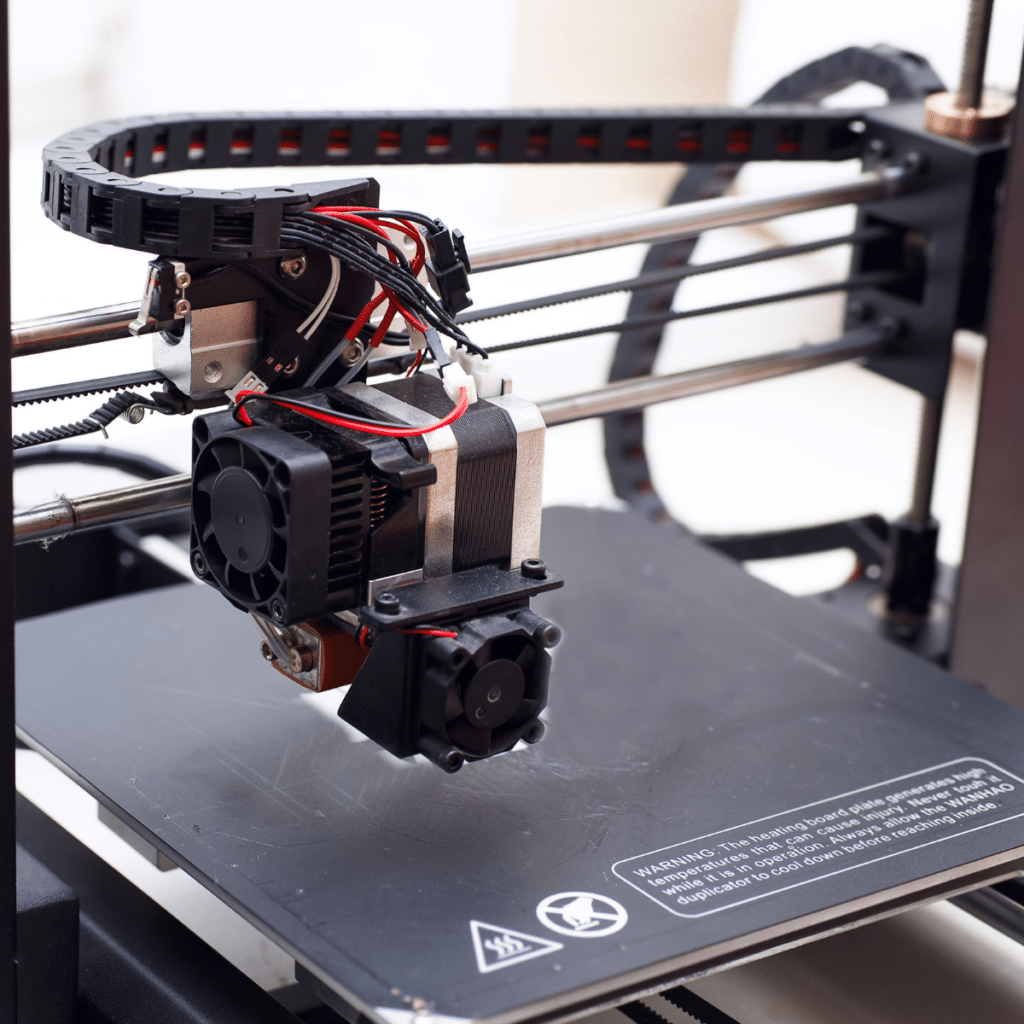
Customization: 3D printing excels in producing customized items without the need for extra tooling. This aspect is particularly beneficial in medical devices and prosthetics, where tailor-made solutions can significantly improve patient outcomes. However, despite its advantages, the technology faces several 3D printing challenges and limitations of 3D printing. These include a slower production rate compared to traditional manufacturing methods, especially for large quantities, which can limit its application in mass production. Moreover, while the assortment of materials for 3D printing continues to grow, it remains restricted compared to the options available in traditional manufacturing, which impacts the longevity and practicality of objects created through 3D printing. Furthermore, the elevated expenses of materials and equipment for 3D printing pose a considerable hurdle for small companies and private individuals. Furthermore, the precision and quality of 3D printed items can vary, leading to issues with consistency and reliability in certain applications. Understanding and addressing these limitations is crucial for harnessing the full potential of 3D printing technology.
Sustainability: With the ability to produce less waste and the potential to use recycled materials, 3D printing presents a more sustainable option in certain scenarios, contributing to environmental conservation efforts. Beyond its environmental benefits, 3D printing pros and benefits of a 3D printer extend into various sectors, including manufacturing, healthcare, and education. One of the primary advantages is the reduction in material waste, as 3D printing typically uses only the amount of material necessary to create the object, contrasting sharply with subtractive manufacturing methods that cut away significant portions of the raw material. Additionally, the ability to print on demand reduces the need for storing large inventories, further decreasing the environmental footprint.
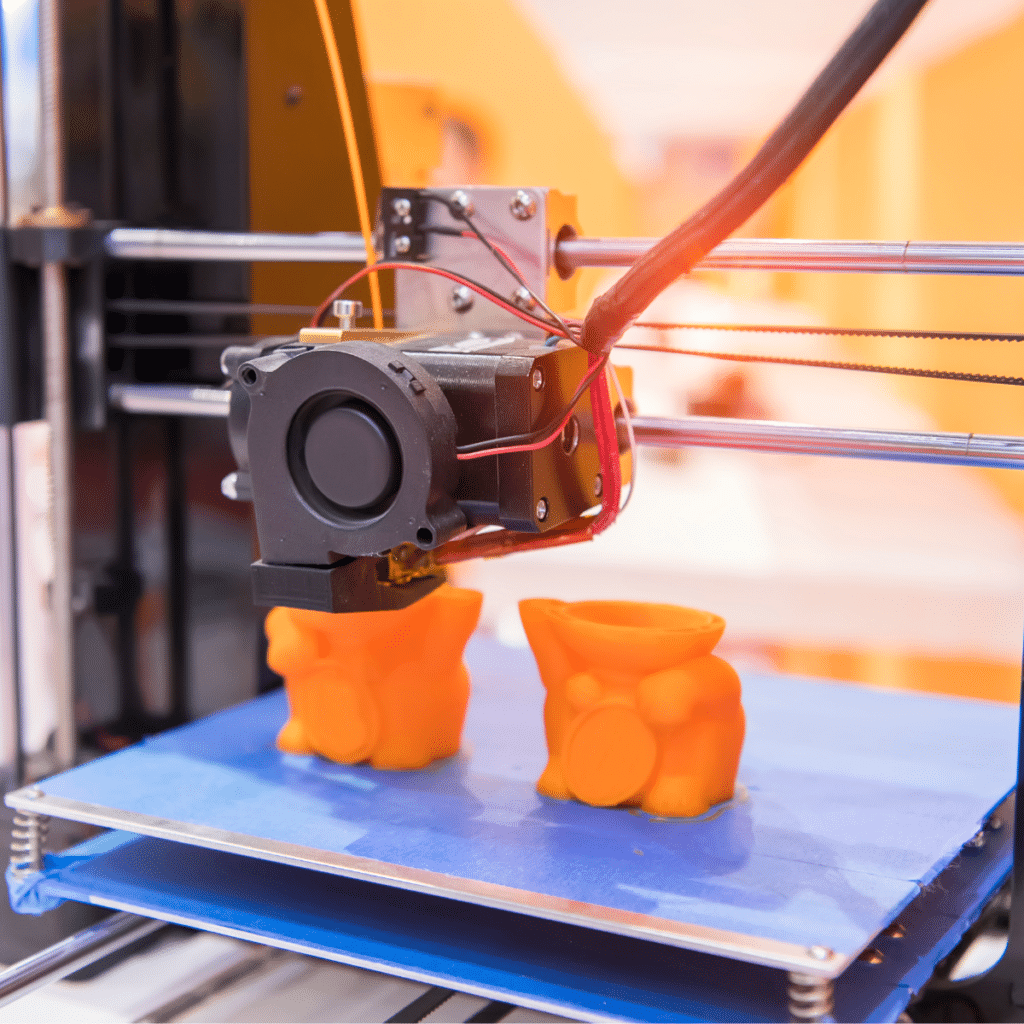
Disadvantages of 3D Printing
Material Limitations: While advancements are being made, 3D printing is still limited by the range of materials available. Certain materials cannot be 3D printed, limiting the technology’s applicability in some industries.
Strength and Durability Issues: Parts produced by 3D printing may not always match the strength or durability of those made through traditional manufacturing processes. This limitation can be a significant drawback for applications requiring high-performance materials.
Lower Quality Finish: The surface finish of 3D printed objects often requires additional processing to achieve the smoothness and quality of traditionally manufactured items. This extra step can negate some of the time and cost benefits.
Size Limitations: The size of objects that can be printed is constrained by the size of the 3D printer. While large-format printers exist, they are expensive and less accessible, limiting the technology’s scalability for large objects.
Cost Barriers for Large Scale Production: Although 3D printing is cost-effective for small batches, the economies of scale achieved through traditional manufacturing methods still surpass it for large-scale production, making it less viable for mass production.
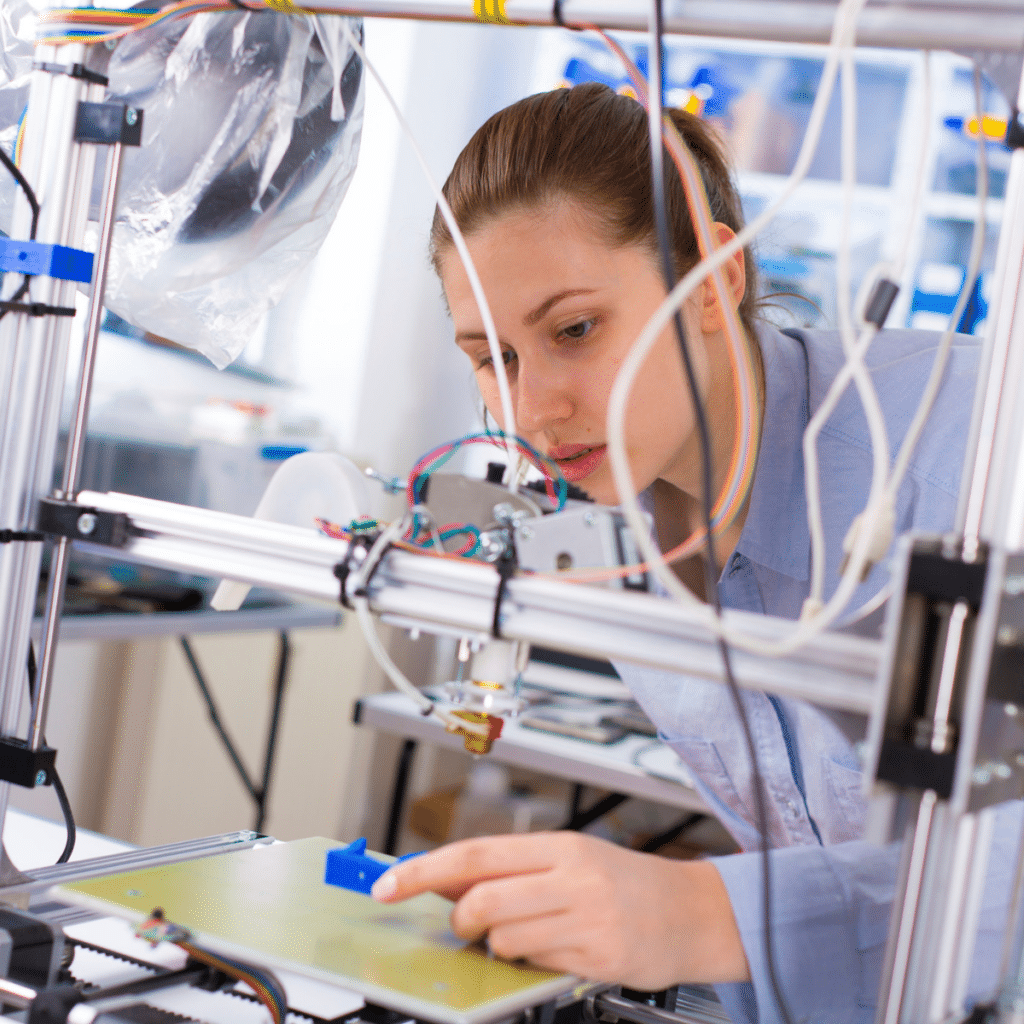
Navigating the Challenges
Understanding both the pros and cons of 3D printing is essential for leveraging its benefits while mitigating its downsides. Innovations in material science and printer technology continue to expand the capabilities and applications of 3D printing. However, it’s crucial for individuals and businesses to assess their specific needs, considering factors like production volume, material requirements, and cost implications.
For students and professionals looking to deepen their understanding or enhance their skills in 3D printing, it’s important to engage with the technology hands-on and stay informed about the latest developments. As you explore the world of 3D printing, remember that while AI and technology can offer significant help, they’re tools to augment your creativity and problem-solving skills. Among the 3D printing benefits, one of the most impactful is its ability to democratize manufacturing, making it accessible to inventors, small businesses, and educational institutions. This opens up a plethora of opportunities for innovation and entrepreneurship by lowering the barriers to bringing new products to market.
In conclusion
3D printing holds immense promise for the future of manufacturing, design, and beyond. By carefully weighing its advantages against its disadvantages, we can harness this technology to its fullest potential, pushing the boundaries of innovation while addressing its limitations head-on.
